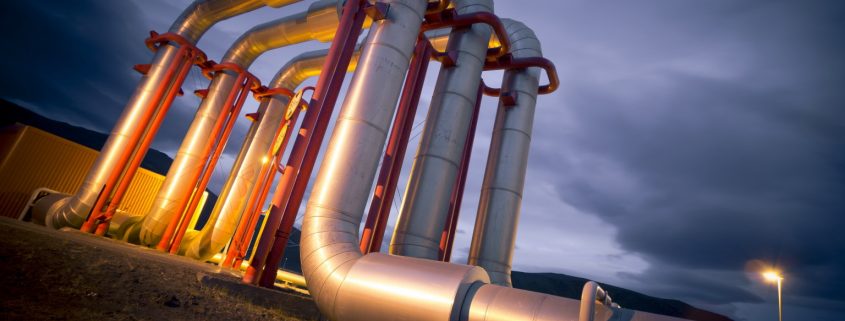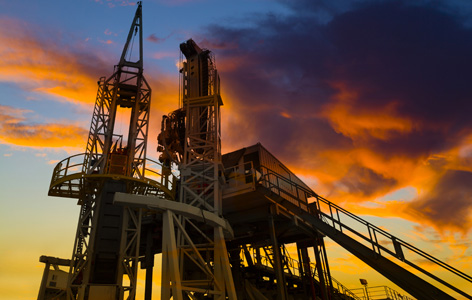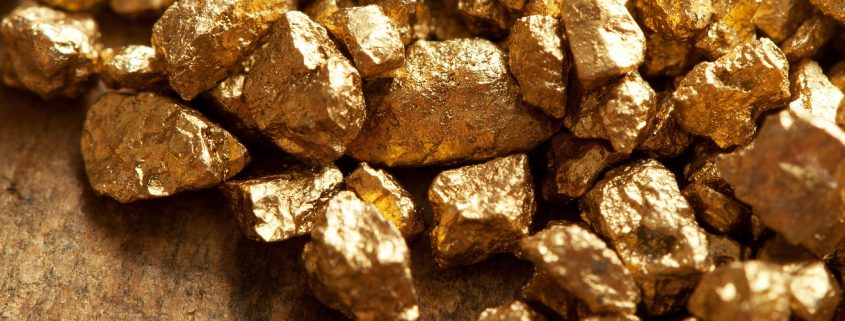Dakota Pipeline definitely starts working May the 14th
The decision is made
Firstly, there is an interesting notice, that access pipeline in Dakota is about to start servicing the country. It will happen on interstate level by May the 14th. “It will begin interstate crude oil delivery. In a deal made with the U.S. Federal Energy Regulatory Commission.”
Yesterday, Thursday the 13th of april, energy transfer partners LP filled a tariff. In mentioned tariff it is clearly seen what the story is about. The Pipeline and the oil are going to be delivered, and prices are going with the current conditions.
https://www.enbridge.com/Projects-and-Infrastructure/For-Shippers/Tariffs/North-Dakota-Pipeline-Company-Tariffs.aspx

Location
The 1,172-mile (1,885-km) Dakota Access line runs from western North Dakota to Patoka, Illinois.
 Following, this project is worth 3.8 billion dollars, and it gained world’s attention. Yet, it happened because the Native American tribes consider this oil will damage their soil. So they sued to block completion of the final link for the pipeline through a remote part of Norh Dakota.
Following, this project is worth 3.8 billion dollars, and it gained world’s attention. Yet, it happened because the Native American tribes consider this oil will damage their soil. So they sued to block completion of the final link for the pipeline through a remote part of Norh Dakota.
While The Rock Sioux tribe is claming the pipeline would desecrate a sacred burial ground, it is also stating any oil leak would poison the tribe’s water supply.
Following, thousands of protestors were demonstrating on the streets of North D akota and Washington D.C. Many of them were stating the support for the tribe considering it is very important. Considering this soil pollution is a real problem for Native’s everyday life & also questioning this projects + and – parts. For example many opponents were saying assertiveness on the pipeline, and the petroleum it was intended to carry would lead to a serious climate change.
akota and Washington D.C. Many of them were stating the support for the tribe considering it is very important. Considering this soil pollution is a real problem for Native’s everyday life & also questioning this projects + and – parts. For example many opponents were saying assertiveness on the pipeline, and the petroleum it was intended to carry would lead to a serious climate change.
Obama/Trump Solutions
The administration of Democratic President Barack Obama said in 2016: ” We would reconsider the permits issued for the pipeline’s route near tribal lands”, delaying the project by several months. The question is, what is beeing achieved whit the delayed project? We have the awareness that every big investment contains god and bad sides. It will make money, but it will also soil the ground. True story, it just needs to be counted: Which of these is worth more?
But Obama’s move was quickly beeing reversed after the inauguration of Republican President Donald Trump in January.
Among Trump’s first acts in office was to sign an executive order that reversed a decision by the Obama administration to delay approval of the pipeline.
The tribe also lost several lawsuits aimed at stopping the pipeline.
Specifications about North Dakota Pipeline
It begins in the Bakken oil fields in Northwest North Dakota. It is set to travel in a more or less straight line southeast. Through South Dakota and Iowa. And end at the oil tank farm near Patoka, Illinois. Routing the pipeline across the Missouri River near Bismarck was rejected. It happened because of the route’s proximity to municipal water sources. Residential areas; and road, wetland, and waterway crossings. The Bismarck route would also have been 11 miles longer.
MAY the 14th, 2017 is the date when Pipeline will definitely start its interstate delivery. As mentioned earlier it will prove itself as a profit gaining investment.












